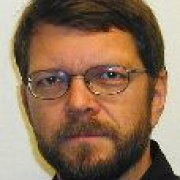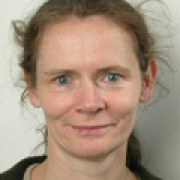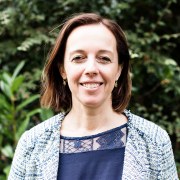Engaging citizens in monitoring urban air pollution
Air pollution causes hundreds of thousands of premature deaths every year in Europe and is understandably high on the list of environmental issues that concern the public. Low-cost devices measuring air pollutants are rapidly evolving and have significant potential to provide information on human exposure. Even though the application of such devices still poses uncertainties, a growing number of citizen science initiatives measure air quality to raise awareness and enhance motivation and possibilities to make changes in local environments. Can science centres and museums tap into this existing trend as a means to engage the public in an important issue that affects us all?
In this session, hear about the CurieuzeNeuzen initiative where over 20 000 private persons, schools and business set up samplers across Flanders in Belgium; and about a network citizen science project on air quality inspired by this initiative and coordinated by the European Environment Agency in more than ten countries. The focus is on parents who cause air pollution peaks in front of schools by bringing their children by car rather than letting them walk, cycle or use public transportation. Attend this session to meet representatives of these two projects and work on possible convergences.
Facilitator
European Environment Agency
Session speakers
European Environment Agency (EEA)
Anke is responsible for the coordination of the citizen science project at the EEA, and will present what deliberations and choices were made when designing the initiative, including national variations with regard to sites, what is to be measured and what available technology is to be used. What are the compromises and trade-offs that had to be accepted. Experience gained in the communication with stakeholders, i.e. EPAs when bringing them on board and designing the project.
Spokesperson & Head of Unit Communication
VMM - Flemish Environment Agency
CurieuzeNeuzen Vlaanderen is a citizen science project in which 20.000 citizens measured the air quality near their own house during May 2018. The aim was to acquire a detailed map of air quality in Flanders (the northern region of Belgium), in cities as well as in the countryside. This is the largest citizen science project on air quality to date. The large dataset collected will be used to test the ATMOSYS computer model (developed by VITO for the Flemish Environment Agency) that is currently used to assess air quality in Flanders. By improving this model, we will arrive at a better estimation of the population exposure to NO2 and its effects on public health, allowing us to provide better information and recommendations to policy makers. Citizen science projects don’t just target the collection of “hard” datasets to advance science, they also have a “softer” side, as they can raise awareness by providing information to the general public. As for the latter, CurieuzeNeuzen Vlaanderen aims to increase public awareness of the importance of air quality for a healthy environment, and wants to stress the need and importance of performing reliable air quality measurements.
NILU - Norwegian Institute for Air Research
Professional science alone cannot provide information at the scales and resolutions necessary to understand air pollution. Citizen science has the potential to contribute with valuable scientific data and knowledge. With the appearance of low-cost sensor technologies, citizens are creating an increasingly vast amount of data related to the environment. But, what are the challenges in working with such diverse and highly uncertain datasets?




